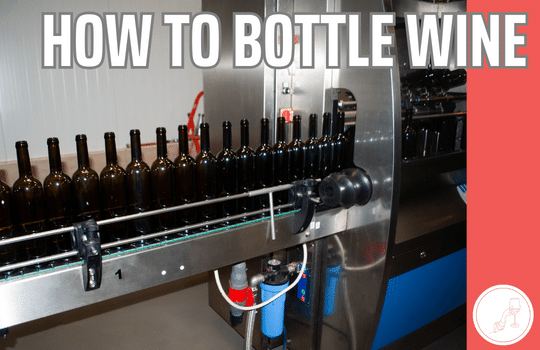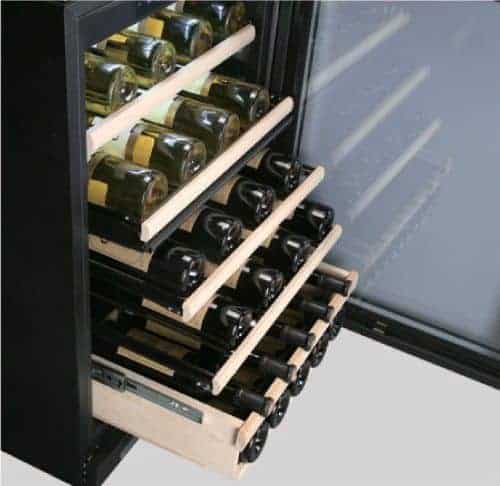How to Bottle Wine [A Simple Guide for Home Winemakers]

Making wine at home requires knowledge and dedication. However, the process is not as complicated as it might seem.
This guide is dedicated to the last step of winemaking, explaining how to bottle wine at home.
Follow our advice and you'll be bottling wine like the best of them in no time!
Choosing the Bottles
In theory, different types of bottles are used for different types of wine. If you wish to make a particular type of wine, then you should probably use the type of bottle that is recommended for that wine.
One of the bottle types we really like is the one used for Bordeaux wines. It is suitable for both red and white wines. It is quite lightweight and it is easy to handle. It also comes in a variety of colors.
Speaking of the color, you should know that different wines should be bottled in differently colored bottles.
The red wines should be bottled in brown or green bottles, while the white or rosè wines should be bottled in green or transparent bottles.
However, if you can’t store your wine in a dark place, consider choosing a brown bottle for the white wine too.
Choosing the Corks
It is recommended to use traditional corks to seal your wine bottles.
If you find them to be too expensive, you can opt for synthetic alternatives which can work well if you plan on drinking your wine within a year after the bottling.
However, if you plan on aging your wine for longer periods, natural corks are the best solution.
With regards to size, you'll want to double check that your bottles and corks are size compatible.
You'll also want to check that your corks fit your corker of choice.
Wine Turtle Top Tip
Always test your new corks on a small batch of wine to check for cork taint.
Take a cork and place it in a sample of wine (at least 100ml) for around 24 hours.
Any unpleasant odors that are reminiscent of mold or wet dogs indicate tainted corks.
When Should You Bottle the Wine?
The best moment for bottling depends on what type of wine you’re making.
If you want to preserve the floral or fruity flavors, or maybe to make a slightly sparkling wine, then you should bottle the wine in early spring. This wine should be consumed within a year after the bottling.
If you make a wine that has a longer maturation period, then the best moment to bottle it is August or September.
How to Bottle Wine
Where to Keep the Wine?

If you don’t have a cellar, you should find a cool, dark place where to store the bottles. The temperature should be constant and the environment free of odors.
The bottles should be stored in a horizontal position. In this way, the wine can get in contact with the cork, preventing it from getting too dry. If the cork dries, it may shrink and allow the oxygen to enter the bottle, altering the wine’s quality.
How to bottle wine is not a mystery anymore. You only have to choose the right bottles, the corks and follow the easy steps presented in this guide. Remember that natural corks are the best solution.
If you have any questions or tips to share with us, please leave a comment below.

I’m a first time wine maker and am petrified that I’ll poison someone due to my experience. I found a simple recipe and now have the guts to try and bottle it. I don’t really understand tannin, enzyme and other additives so I’m not sure if I should dump my first batch and start over. I really need some one on one help to make sure I do it right.
Hi Paul,
We have a very detailed winemaking guide here that should be helpful